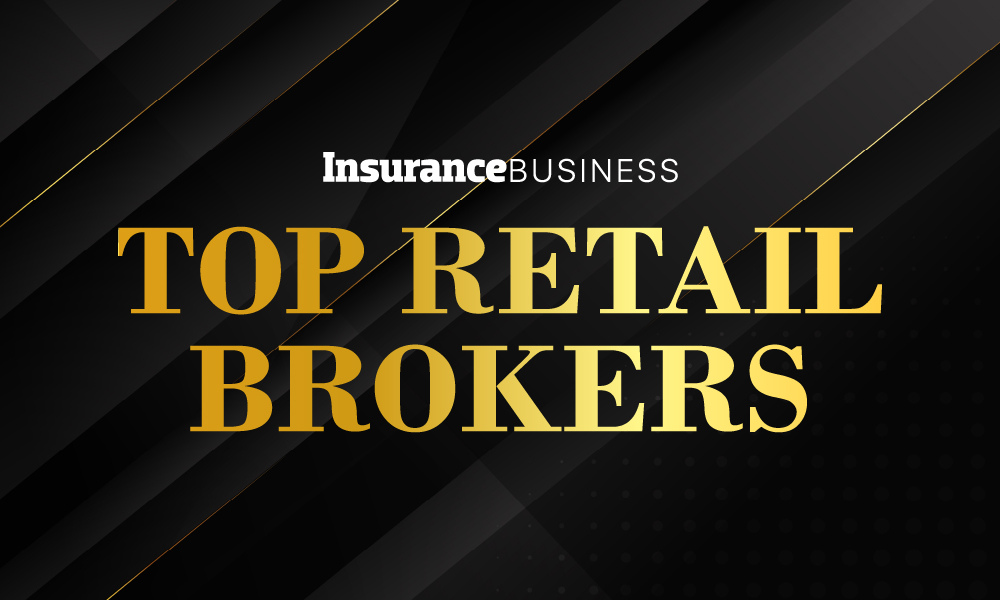Has the insurance industry learned lessons from past professional lines challenges? | Insurance Business America
Liberty Mutual experts sound off on what to keep an eye on in the market
Professional Risks
By
David Saric
The insurance industry may not have learned lessons from past professional lines challenges, particularly across directors and officers (D&O), employment practices liability insurance (EPLI), errors and omissions (E&O) and management liability, a financial lines specialist has cautioned.
“From my perspective, for some reason, the insurance industry never seems to learn from past mistakes — and a lot of times it’s irrational,” said Michael Englert, head of private non-profit financial lines, Liberty Mutual Global Risk Solutions. “I think the majority of it is just based on capacity and how many competitors are out there really drives the market.”
Both the private and public markets have softened since a hardening from 2020, according to Englert, who said he hopes to see even more stabilization in 2024.
“We’re anticipating overall flat renewals, which I think everybody should be happy with,” Englert said. “But you never know – there’s a lot of wildcards out there based on what happens with the economy, we’ve got a presidential election coming and there’s a lot of political issues.”
Across the market, growth goals could be aggressive this year due to “many private D&O providers not hitting target”, Brent Tan, senior director, financial lines underwriting at Liberty Mutual forecast.
“That could put pressure and you can see folks moving out of the public market into the private market that could put pressure on the rate,” Tan said.
During a conversation with Insurance Business, Englert and Tan discussed some of the economic factors that are affecting the professional insurance market right now and why acting on brokers’ wish lists can help innovate new carrier products or forms.
Economic factors to be aware of
Within the current EPLI, D&O, E&O and management liability landscape, inflation, bankruptcies and over hiring have added to businesses’ struggles.
“If you look at the past couple of years, the exposures are substantially different, and they’re constantly evolving,” Englert said.
“Some may refer to this as a heightened risk environment, while others may refer to it as a changing risk environment,” added Tan.
Companies are having to refinance their debt at substantially higher levels from record lows, due to rising interest rates and inflation, which is going to increase their interest payments and lead to bankruptcy for some.
Bankruptcy filings increased nearly 30% through to November 2023 for all classes of business, according to Englert.
“One of the biggest risk factors that we see on claims on the D&O side, companies go back bankrupt due to the amount of money owed to creditors and minority shareholders, which could be in the millions, depending on the size of the organization,” he said.
There has also been a steady incline in layoffs, especially in the tech sector, which can open up more opportunity for EPLI claims.
“I’m seeing a lot of layoffs, but I’m also seeing companies hiring as well. So that’s just a big risk factor where a business needs to figure out whether they over hired or hired the wrong folks when they are going through these layoffs,” Englert said.
Liberty unveils ProShield product
Liberty Mutual recently released its ProShield product, a modular policy form that is meant to give private companies and not-for-profit organizations faster access to the D&O, EPLI and fiduciary and crime coverages needed to manage the complex management liability risks they face.
“It’s replacing forms that we developed back in 2007, which are getting a little outdated,” Englert said. “We really focused on readability and ease of use – looking at these policies over the years, every carrier has different nuances when you read their policies, it can become very difficult for a broker who must jump back and forth between products to see which provides better protection.”
The company also wanted to emphasize flexibility, meaning that the form was conceived to be future proof but adaptable.
“If there’s any new coverages and risk factors that emerge that we would like to cover, we could add that into the policy,” Englert said. “Right now, there’s not cyber, but cyber is like a perfect avenue to look to expand in the future.”
Updating the policy form also came from the need for carriers to listen to the requests and opinions of its broker partners.
“It’s important to gather a lot of insight from whether it was the various internal stakeholders that we work with and the brokerage community,” Englert said.
“When brokers are looking at policies, they have a checklist and we as carriers should want to make sure we check as many of those boxes as possible.”
Related Stories
Keep up with the latest news and events
Join our mailing list, it’s free!










